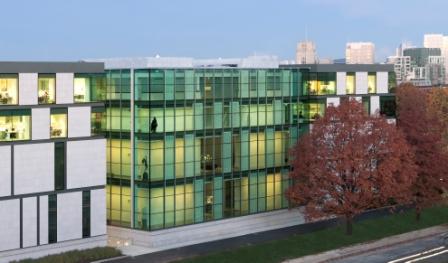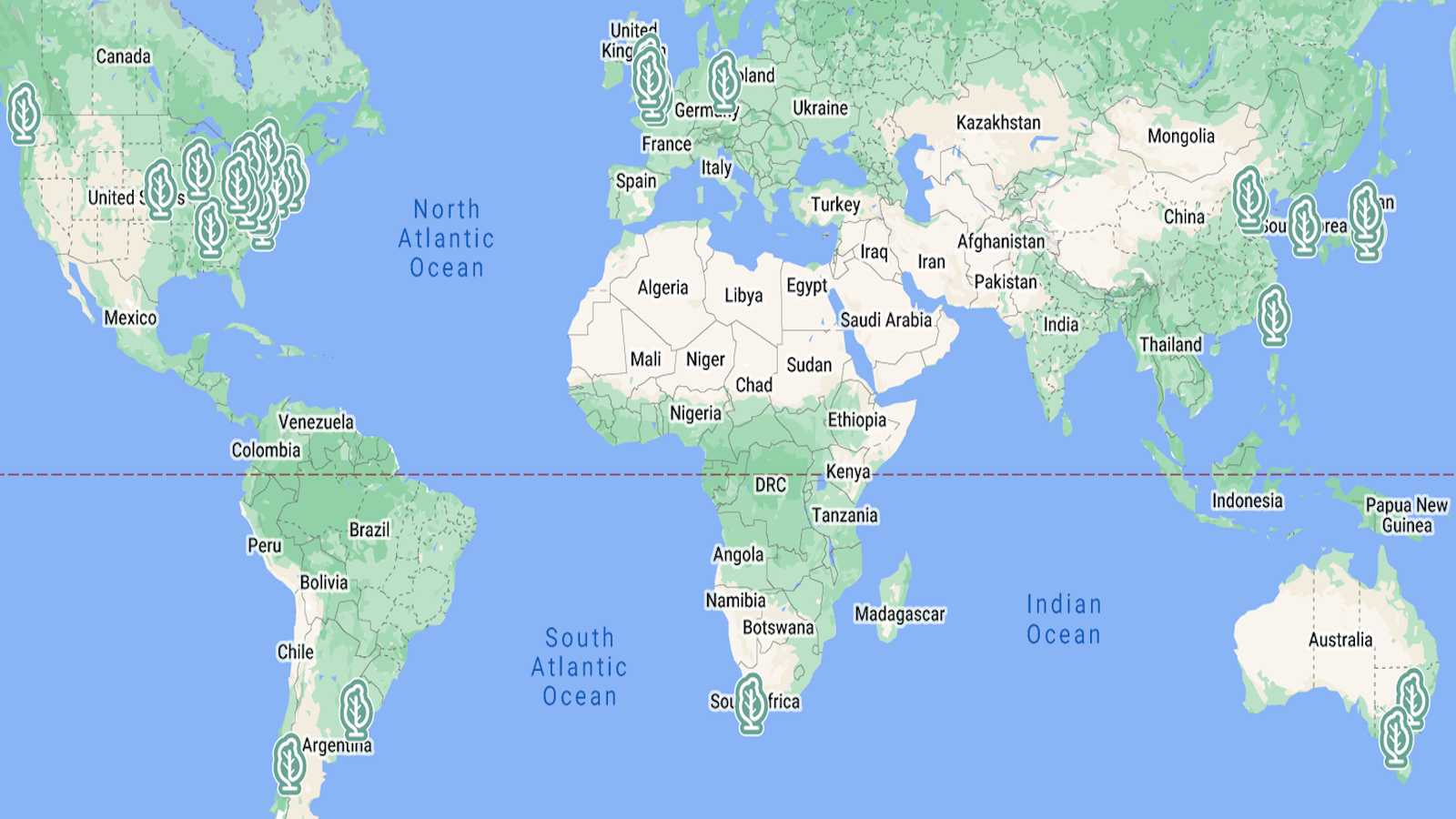New World Order: The Art of the Americas Wing of the MFA, Boston

Aside from the almost comically anatomically incorrect shark, the aspect of John Singleton Copley’s 1778 painting Watson and the Sharkthat most catches my eye is the black seaman standing in the boat watching the shark attack unfold before him. With Watson and the shark forming the bottom two points of a triangle, the black figure crowns the peak. Copley originally painted a white seaman with long, flowing hair in that place, but changed to the black figure for the final painting. A copy of Copley’s painting appears in the newly opened Art of the Americas wing of the Museum of the Fine Arts, Boston (exterior view above). Just as Copley reordered the world of his painting and included the often excluded black face, the MFA reorders the world of their American art collection and goes global—mingling more than 5,000 works of art from North, Central, and South America arranged chronologically on four gorgeously redesigned floors. Works often relegated to special sections or (even worse) storerooms, find reintegration into the mainstream flow of art history in an almost sneak attack on the senses. This new world order of the American art world reflects the new reality of modern America.
London designers Foster + Partners created a whole new wing to showcase the whole new look for the MFA. (Some shots from the architects’ site can be seen here.) In addition to the 53 new galleries, nine period rooms convey the museumgoer back in time and lend valuable context to the works of art. In a nod to changing times, four “Behind the Scenes” galleries allow patrons to peak behind the curatorial curtains and view the inner workings of the museum. The transparency of the rethought collection, which acknowledges groups and artists too often neglected in museum designs, finds a match in the openness of these instructional features. Museums have always shown us the “what.” Here we get the “how” and the “why,” too.
The ground floor features art from the ancient Americas as well as Native American art ranging from prehistoric times to the present. Textiles from the Andes and Mayan ceramics find room near New England Colonial era portraits, silver, and furniture. On the first floor, the chronology moves forward to early American art and Spanish colonial art from Central and South America. Copley’s comical shark swims among a whole raft of paintings by the artist. Works by Thomas Sully, Benjamin West, and other familiar names hang on the walls as examples of post-Revolutionary art of the young republic. More furniture and silver as well as textiles and prints give a wider picture of the period. Recreations of a dining room, parlor, and bedroom from an early 19th century New England mansion allows visitors literally to walk through the era.
Classic American art hits its stride on the second level, where the first American “Old Masters” Thomas Eakins, Winslow Homer, and John Singer Sargent reside. You’ll feel like you can walk right into the MFA’s iconic showstopper The Daughters of Edward Darley Boit, right past the original vases featured in the painting that flank the frame, and play with the girls, but you’ll have to settle for lingering in the parlor and dining room of the mid-19th century Roswell Gleason House, installed at the MFA for the first time. The Gleason House gives you a sense of the growing merchant class able to support the arts financially for the first time in American history.
The chronology continues and ends in the 1970s on the third floor, where the melody of American art becomes a jazzy jumble. Paintings by modernists Jackson Pollock, Georgia O’Keeffe, and Arthur Dove rub shoulders with realists Edward Hopper, Andrew Wyeth, and George Bellows and photographers Alfred Stieglitz, Edward Steichen, and Edward Weston carve out room for the newest medium. Art by Matta, César Paternosto, and other Central and South American modern artists ends where the ground floor began—demonstrating how the art, in this case abstract art, knew no borders when it came to the Americas.
To celebrate the opening of the new wing on November 20th, children from several Boys & Girls Clubs of Boston were the first patrons allowed to enter the museum that day. Adults will enjoy the new wing, of course, but the MFA’s new Art of the Americas wing really is for the children, who will grow up in a world much more diverse than we’ve ever known or recognized. The diversity was always there, and always reflected in the art, but the MFA’s new imagining of the American art world as a product of multiple American traditions—North, Central, and South—brings that reality to light and shines the way to what we can hope is a more tolerant, more accepting, and more happy future.
[Image: © Nigel Young/Foster + Partners.]
[Many thanks to the Museum of the Fine Arts, Boston for providing me with the image above and other press materials related to the opening of their new Art of the Americas wing. Short videos of the new MFA are available on their YouTube channel.]




